Out of the rubble of WWII rose an auto icon: The VW Beetle, now one of the most recognizable cars in history. From its 83-year life span, we consider the best Beetle year to buy.
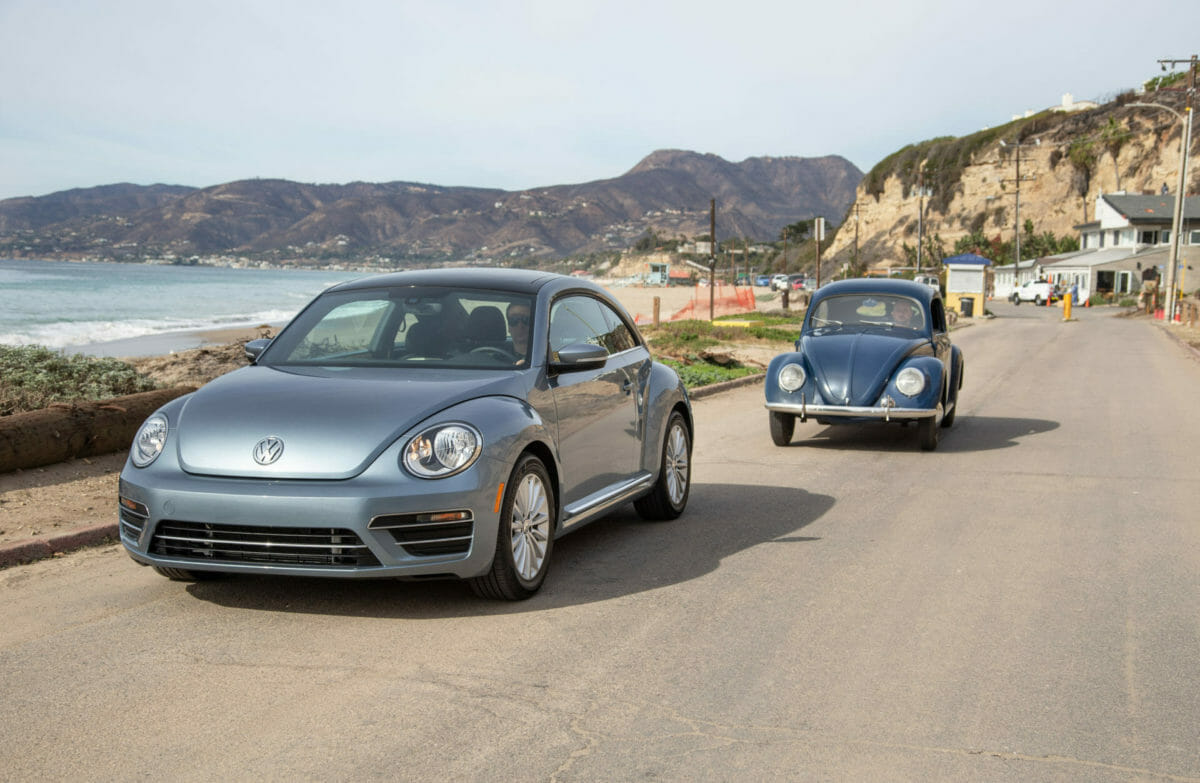
The original Volkswagen Beetle was designed by legendary German engineer Ferdinand Porsche in 1934 at the request of the German government. The country’s leadership was looking to create a car that would be affordable for the working people of Germany. In short, they were looking for a vehicle that was small, reliable, and could still accommodate a family.
This Volkswagen, whose name translates to “people’s car,” was initially called the Type One. In 1938, the first batch of the car was exclusively given to high-ranking military officials. However, in 1939, production of the Volkswagen was halted due to the start of WWII.
Germany fell under the control of the allied forces, and jump to 1946 when the factory was rebuilt, and once again, the first cars produced were given to military personnel. Only this time, they were given to the other side.
In 1949, production resumed with the car officially renamed the Volkswagen Type One.
In 1979, Volkswagen ended the production of the classic Beetle, giving birth to another automotive legend: the Volkswagen Golf. But some countries loved the little Beetle so much that they just couldn’t let it go and bought the rights from Volkswagen.
In Mexico, the Beetle was widely used as a taxi similar to how Ford Crown Victorias were used in the United States. This kept Mexico building Beetles long after Volkswagen called it quits, keeping the classic Beetle in production until 2003.
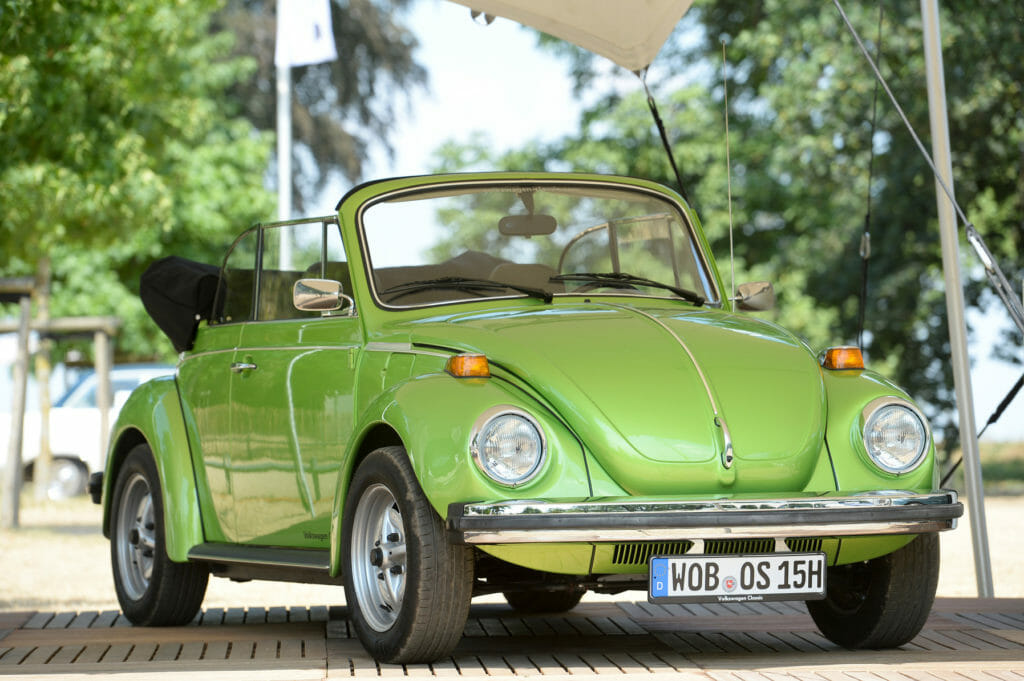
Classic Beetle
Sold in the United States from 1950-1979, the classic Volkswagen Beetle is a wonderful little car that everyone should have the pleasure of owning at some point. The rugged dependability of its simple design is so beloved that Volkswagen has sold over 21 million Beetles worldwide.
The majority of classic Volkswagen Beetles you’re going to find are at least 40 years old. Corrosion, accidents, and incompetent owners can cause a host of problems in that amount of time. If you’re looking to purchase a classic Volkswagen Beetle, here are some things you should know.
- The first thing you should do is take the car to an automotive shop so it can be put on a lift. This way, you can get a real look at the car and get to know exactly what you’re buying. Trying to inspect a car on the ground with a flashlight can cost you tons of money down the road.
- Rust is a huge issue with old cars and can hide in every crease and crevice. Check all the body seams for bubbles and signs of water damage. The metal behind the front wheels, rocker panels, and battery tray are common places to find rust so make sure to bring a magnet to check for body filler. Classic Beetles are made out of steel. So, if the magnet doesn’t stick to something that looks like it should be metal, it has probably been patched with filler.
- Any vehicle that has been on the road for at least four decades has more than likely run into something a few times. Check for any uneven gaps between the panels around the front end and the doors. Open the front trunk compartment, remove the spare tire if there is one so you can look for signs of wrinkling or impacts. This is another good place to use a magnet to check for body filler.
- While you’re in the front compartment, take a good look at the wiring behind the dash. Most of the time, the cover is not there and you can see the connections. Some sneaky salespeople may unplug the odometer to prevent adding new miles before re-sale. If you find damaged wiring it might be best to tow your Beetle instead of driving it. Even if it runs, damaged wires are still a fire hazard.
- Give the car a thorough test drive before you buy it. What little power these Beetles have should come smoothly without stuttering. The air-cooled flat-four in a classic Beetle is remarkably reliable but things like valve adjustments, spark plugs, and old fuel can cause them to run rough. You don’t want to buy a car and discover upon driving it home that it can’t go up a hill on its own.
A key component to the classic Beetles simplicity is the air-cooled flat-four engine. We have a great article on how this iconic engine works right here on Vehicle History.
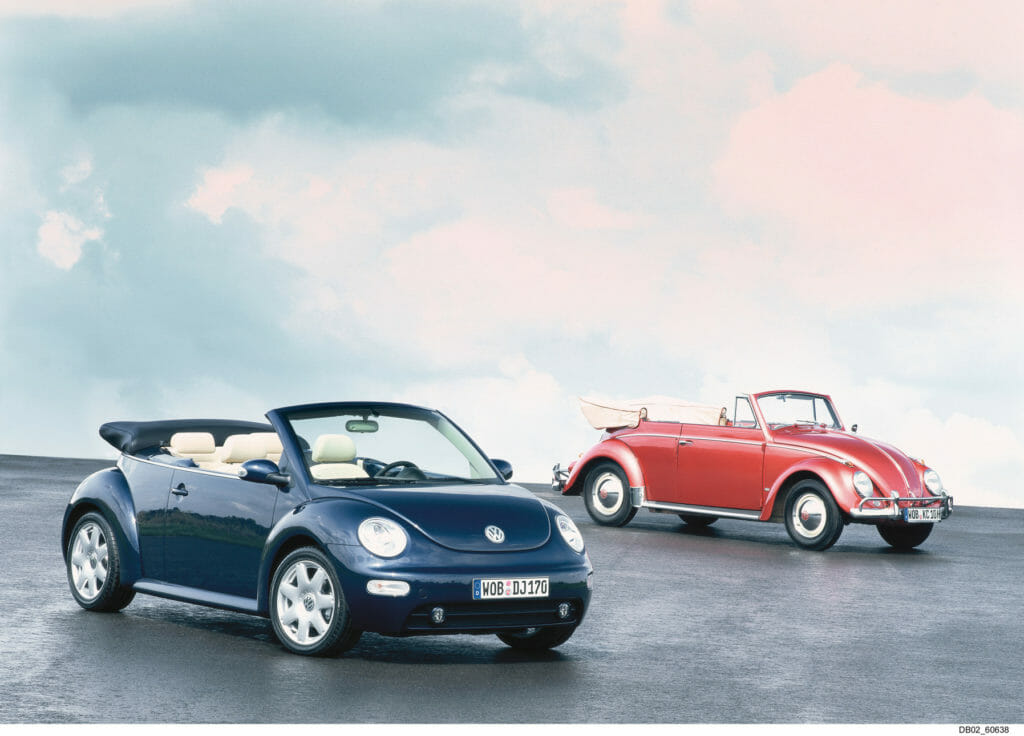
New Beetle
In 1997, Volkswagen decided to bring the Beetle back from the dead, dubbing it the “new Beetle.” Even though the exterior is remarkably similar to the original, the new Beetle was based on the Mark IV Volkswagen Golf. The number of cylinders in the engine stayed the same, at four, but now the motor was in the front driving the front wheels.
Second-generation Volkswagen Beetles have several power plant options but the 1.8T is by far the best. The 1.8L turbocharged four-cylinder produces 178 hp with 173 lb.-ft. of torque and can be found in Beetle Turbo S models produced from 2002 to 2004.
Volkswagen Golf enthusiasts love this engine because it can be easily modified and responds well to more boost pressure. The community loves it so much it is commonly called the “1.8 never lose.” The other engines in the new Beetles line-up are lackluster, at best. The 2.0L is so underpowered it is commonly called the “2.slow” and the diesel is, well, a diesel.
The interior is a step up from the original, but that is not saying much. Most Volkswagens of the early 2000s have incredibly cheap-feeling plastic interiors but, somehow in these Beetles, it is even worse. The Mark Two Beetle is not nice to drive either. It has numb steering, making what is a reasonably small car feel enormous to drive.
The legendary reliability of the classic Beetles is absent in these models as well. For this reason alone, the second-generation Volkswagen Beetle is not highly recommended. One reason why someone may consider buying a Beetle of this era over a Golf is if that particular styling is preferred.
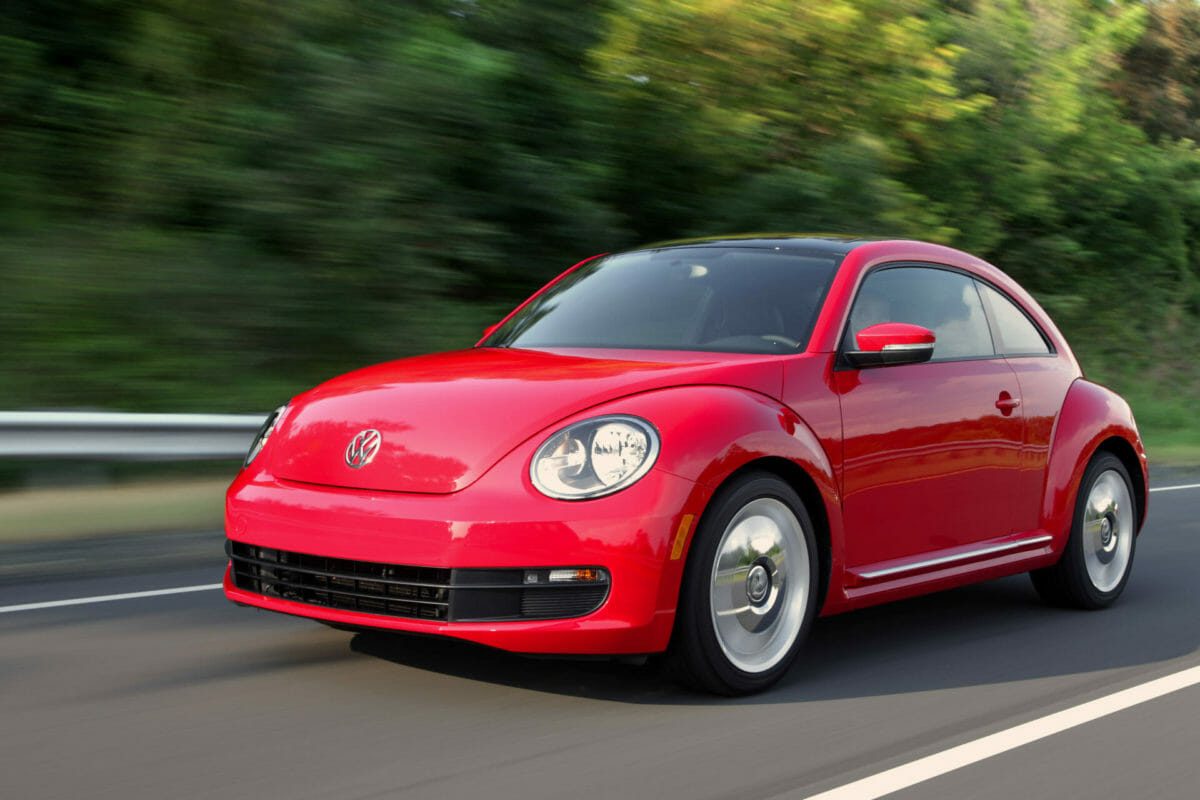
Volkswagen Beetle (A5)
The A5 Volkswagen Beetles was released in 2012 and truly brought the Beetle into the modern era. Its styling was revised to more resemble the classic Beetle and virtually every aspect of the car was improved. Now based on the Mark VI Golf, this Beetle has more space and more equipment than any other Beetle ever produced.
Base model Beetles delivered in North America are equipped with an adequate 1.8L turbo four-cylinder engine, producing 170 hp and 184 lb.-ft. of torque. This version of Volkswagens 1.8L turbo is more reliable than the previous model but still has some faults.
An issue with the design of the timing chain tensioner could lead to failure, causing the engine to jump time and destroy itself. This was such a prevalent issue that the suits in Wolfsburg had to issue an updated timing tensioner and even recall some models.
The Beetle received a much-needed update on the inside as well. Gone are the scratchy plastic surfaces and cramped interior. All of this was replaced with aluminum trim, comfortable seating, and a Bluetooth infotainment center.
Also, the rear seats can now actually accommodate humans. So, your passengers don’t feel like they’re being driven around in a mailbox.
In 2014, Volkswagen released the R-line Beetle with more aggressive styling and an engine borrowed from the Golf GTI. If you’re looking for a sport Beetle, this is the trim you want. It is powered by a 2.0L turbocharged four-cylinder, producing 210 hp and 207 lb.-ft. of torque, and allows the R-line Beetle to hit 60 mph in 6.7 seconds.
This trim level finally made the Beetle a true competitor in the small hatchback market. Now, the choice on whether to buy a Golf or Beetle is purely coming down to aesthetics.
Unfortunately, 2017 was the last year of the R-line, and just two years after that, Volkswagen discontinued the Beetle entirely.
As of 2021, this is the end of the story for the Beetle.
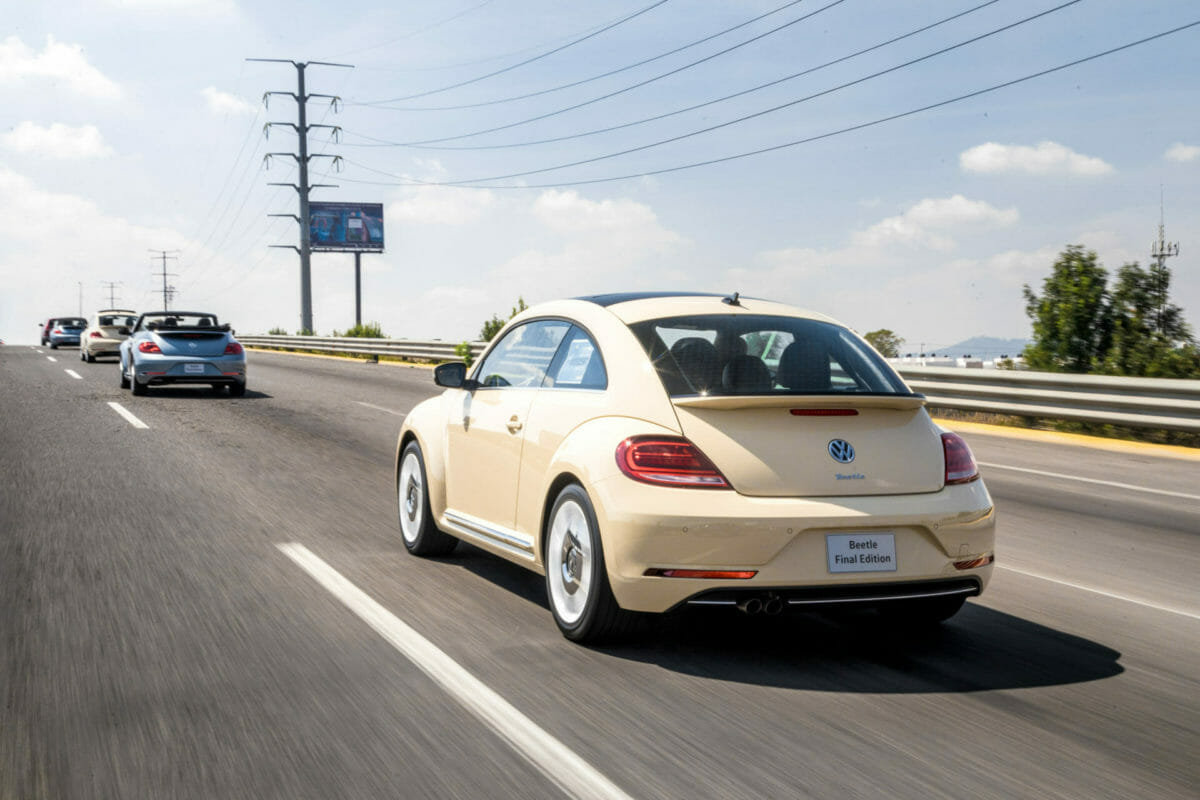
What’s the Best Year Volkswagen Beetle Year?
What started as the dream of a dictator went on to become one of the best-selling cars of all time, and the symbol of the free love movement. For 65 years the basic design of the Beetle changed very little, but each time it did there were huge improvements.
With that being said, the third-generation Beetle is by far the most modern. The R-line is the best of those. By this metric, the best year for buying a Volkswagen Beetle is 2017. This year has the most modern equipment and the most power. Most of all, it doesn’t look like it should be parked outside of Barbie’s Malibu mansion.
Photos: Volkswagen
